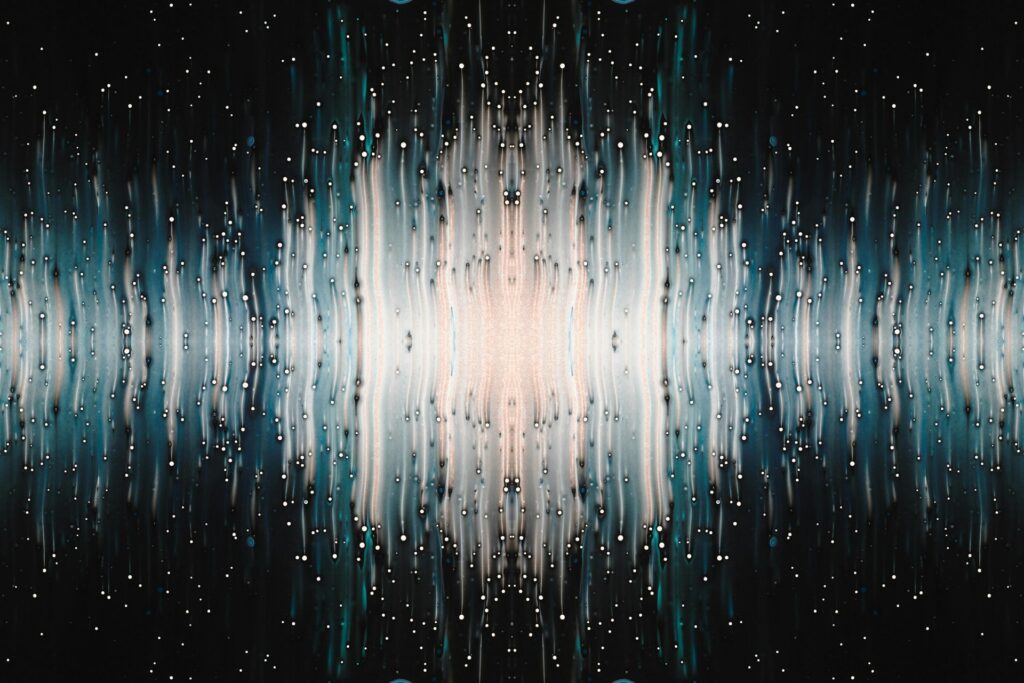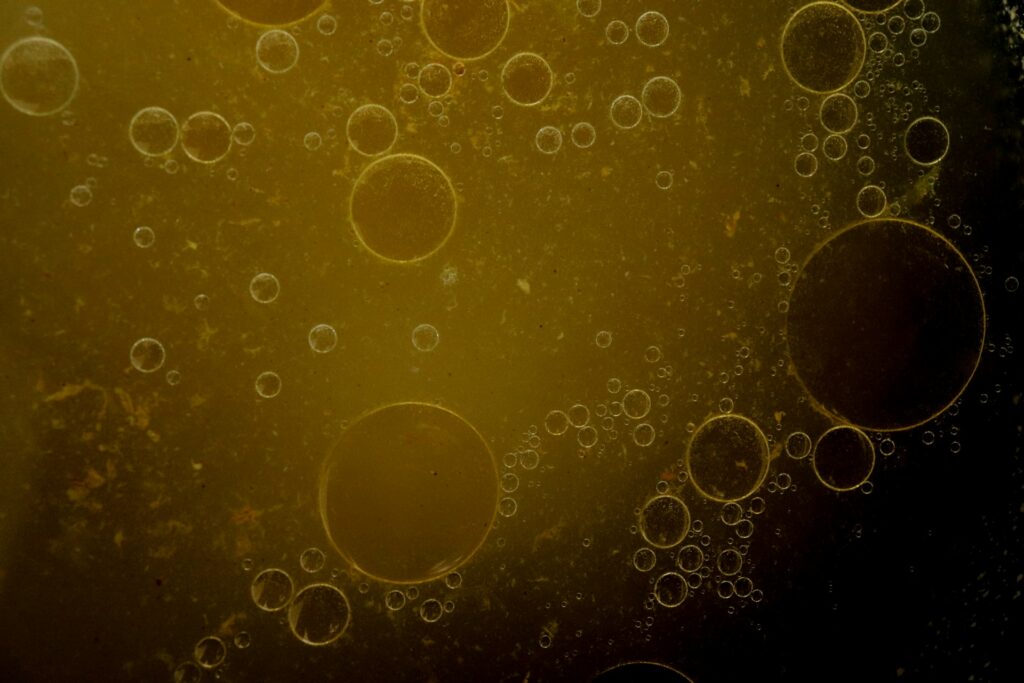Ultrafiltration membranes play a central role in pharmaceutical manufacturing and a wide range of chemical processes. These membranes have traditionally worked by separating molecules according to size. A team at Cornell University, led by materials science professor Ulrich Wiesner, has now shown that it is possible to design porous membranes that sort molecules by their chemical characteristics instead. The work suggests a future in which membranes could separate compounds that are the same size but differ in structure or chemical affinity.
Tsaur, L., Nieves-Rosado, L. A., Prajwal, B. P., Zhang, Q., Li, Y. M., Escobedo, F. A., & Wiesner, U. B. (2025). Film surface assemblies from chemically distinct block copolymer micelles. Nature Communications, 16(1), 9993. https://doi.org/10.1038/s41467-025-65278-x
The researchers focused on block copolymer micelles, which are nanoscale polymer spheres that self-assemble when placed in solution. In their study, they blended micelles made from different block copolymers to create films with pores displaying more than one type of surface chemistry. The approach echoes biological systems. In living cells, for example, ion channels often admit ions of nearly identical size by interacting with their chemical properties, not their dimensions.
Ulrich Wiesner from Cornell University stated,
“Companies simply want to change the recipe, the ‘magic dust,’ that goes into the same process they’ve been using for decades in order to give membranes chemically diverse pore surfaces. Our method has the potential to lead to a paradigm shift in UF-based operations, and to open a whole new avenue for how to use UF membranes.”
The team’s work builds on more than a decade of research into block copolymer self-assembly. Earlier efforts from the Wiesner group contributed to the founding of Terapore Technologies, a company that manufactures virus-filtration membranes for the biopharmaceutical sector. The new findings extend this foundation by showing that a membrane’s pore surfaces can be chemically programmed using mixtures of micelles rather than relying on uniform pore chemistry.
Lead author Lilly Tsaur, a Ph.D. graduate from the Wiesner group, prepared a broad library of samples by varying the ratios and combinations of three different block copolymer micelles. She used scanning electron microscopy to examine how these micelles arranged themselves on the surface of the membrane’s active filtration layer. Because the microscopy images could not directly reveal the chemical identity of each micelle, Tsaur employed machine learning tools to detect subtle differences in pore morphology that correlate with distinct chemistries.
To complement the imaging work, co-author Fernando A. Escobedo, a professor of chemical and biomolecular engineering, developed computational models to capture how the micelles assemble into different surface patterns. The system includes large numbers of micelles interacting under conditions that do not always reach equilibrium, which makes the modelling challenging. Escobedo and colleague Luis Nieves-Rosado used coarse-grained simulations to represent the behaviour of the micelles and identify rules that predict how competing interactions determine surface arrangement.
According to Wiesner, the ability to mix micelles with different chemistries and allow them to self-organize could offer manufacturers a practical route to membranes with functionally varied pore surfaces. Existing post-processing methods can modify surface chemistry, but they are often too costly or too complex for large-scale production. The approach demonstrated in this study would allow membrane manufacturers to maintain their current processes while only changing the formulation of the polymer mixture.
The potential applications extend beyond bioprocessing. Materials with controlled, chemically patterned pores may be useful in environmental coatings, analytical tools, and sensors that respond to specific molecules. The group is also investigating new ways to examine the structure below the surface of the membrane to understand how deep the chemical patterning extends and how it may influence transport through the pores.
The study, published in Nature Communications, highlights how machine learning and polymer science can work together to reveal structures that are difficult to observe directly and to inform the design of next-generation ultrafiltration materials.

Adrian graduated with a Masters Degree (1st Class Honours) in Chemical Engineering from Chester University along with Harris. His master’s research aimed to develop a standardadised clean water oxygenation transfer procedure to test bubble diffusers that are currently used in the wastewater industry commercial market. He has also undergone placments in both US and China primarely focused within the R&D department and is an associate member of the Institute of Chemical Engineers (IChemE).



